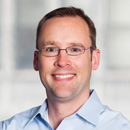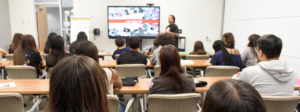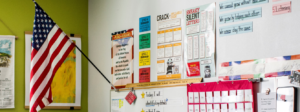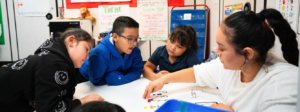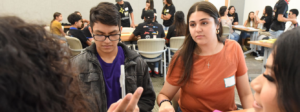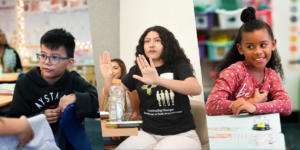I travel quite a bit for work. It means I spend a substantial amount of time in cabs. This comes in handy, because if you want to know what’s happening in a city, cab drivers are an excellent source. They trade in opinion. They listen to the radio news obsessively.
Recently I had a conversation on the way back from the airport in Chicago, my hometown, about the strength of support for various education issues. The driver explained that it was a no-brainer to support the teachers in fall 2012 when they went on strike. After all, he pointed out, they were due a raise that the city tried not to give them, and then the city wanted to extend the length of the school day.
But he was angry with the teachers union over what he perceived as its attempts to protect even incompetent teachers from being dismissed. He told me that he would be more strongly aligned with the union if he saw evidence that they were willing to hold a higher standard for their fellow teachers.
In short, he said, he couldn’t line up solidly behind either of the two “sides.” He wished desperately that there would be less conflict and more forward momentum.
I found myself thinking about my well-informed cab driver when I read the results of the recent poll of Chicagoans by the Joyce Foundation and Chicago Tribune. I think he is a microcosm of his city. While many would draw bright lines between those who support more reform of schools and those who want less, a more accurate statement might be that most folks want change. . . with reservations. They see shades of gray. They are not aligned with any dogmatic point of view. But they are frustrated with what they see as a lack of progress.
Maybe this explains what appear to be contradictions in the polling. For instance, respondents showed strong support for almost every major pillar of what is usually called the reform agenda (an agenda which I personally support), from paying the best teachers more money to protecting the most accomplished teachers in times of layoffs.
But at the same time, respondents were split about whether teachers should have the right to strike and whether under-enrolled schools should be closed. In each case, the numbers suggest a citizenry that isn’t quite sold. Some reforms seem like common sense, while others are uncomfortable.
What does it add up to? Well, about 70 percent of respondents assigned a grade of C or worse to Chicago Public Schools. In this era of grade inflation, that’s pretty poor. We know that the schools we have today are simply not good enough to provide the life opportunities we want for our students. We have to do better.
But change will not happen unless we understand and engage with the misgivings that many feel when they see broad, powerful shifts on the horizon. They want to see fairness and due caution as well as courage. This is the power of the Joyce/Tribune poll, and a pattern in the Joyce Foundation’s farsighted investments in education for many years. It asks difficult questions and doesn’t attempt to brush aside the difficult answers. We need more efforts like this one that attempt to explore issues, not just build a case for an existing position.
In case you are wondering, my cab driver is supportive of at least some school closures in Chicago. He wonders how we can afford to upgrade crumbling buildings if some of them are kept open even with half the seats empty. I basically feel the same way.

